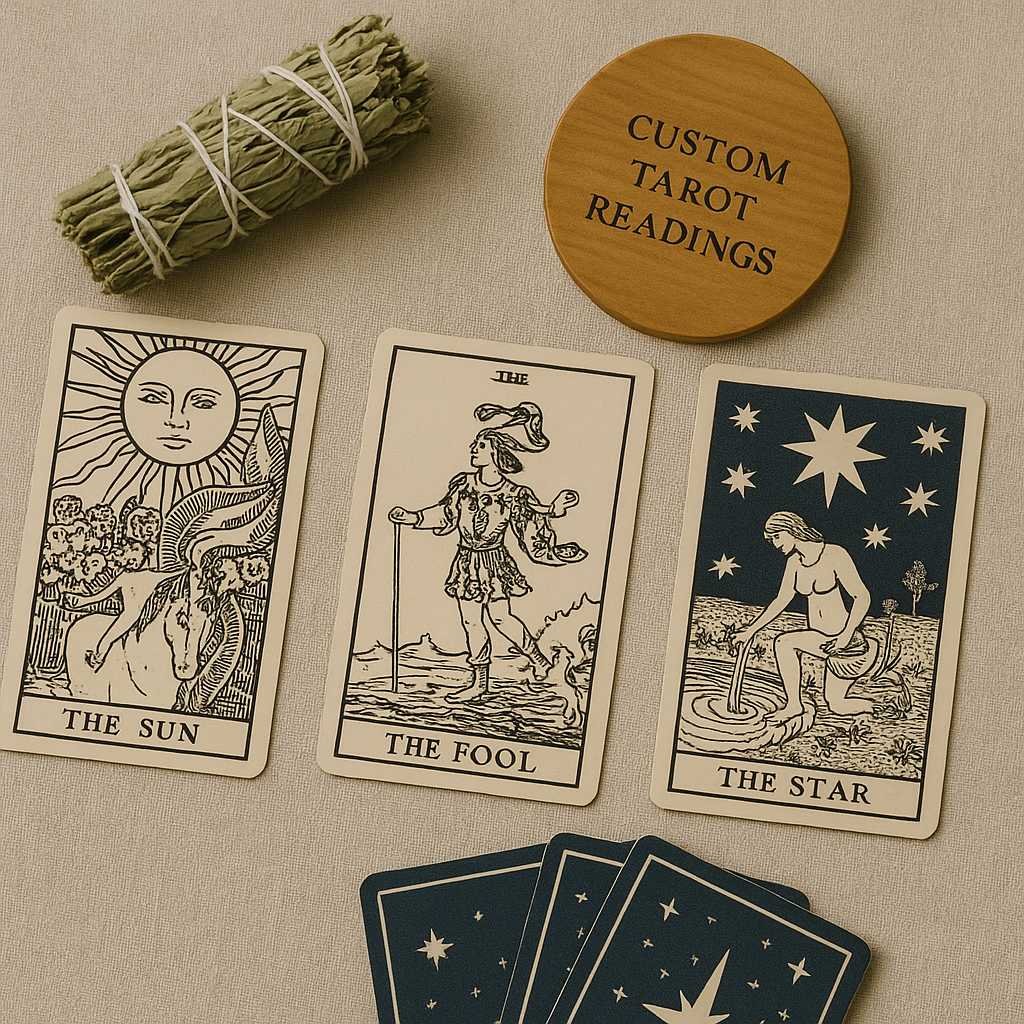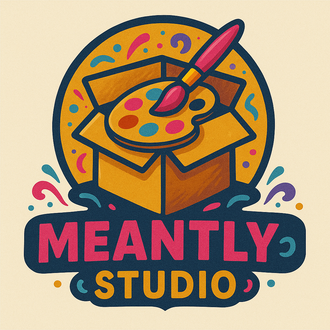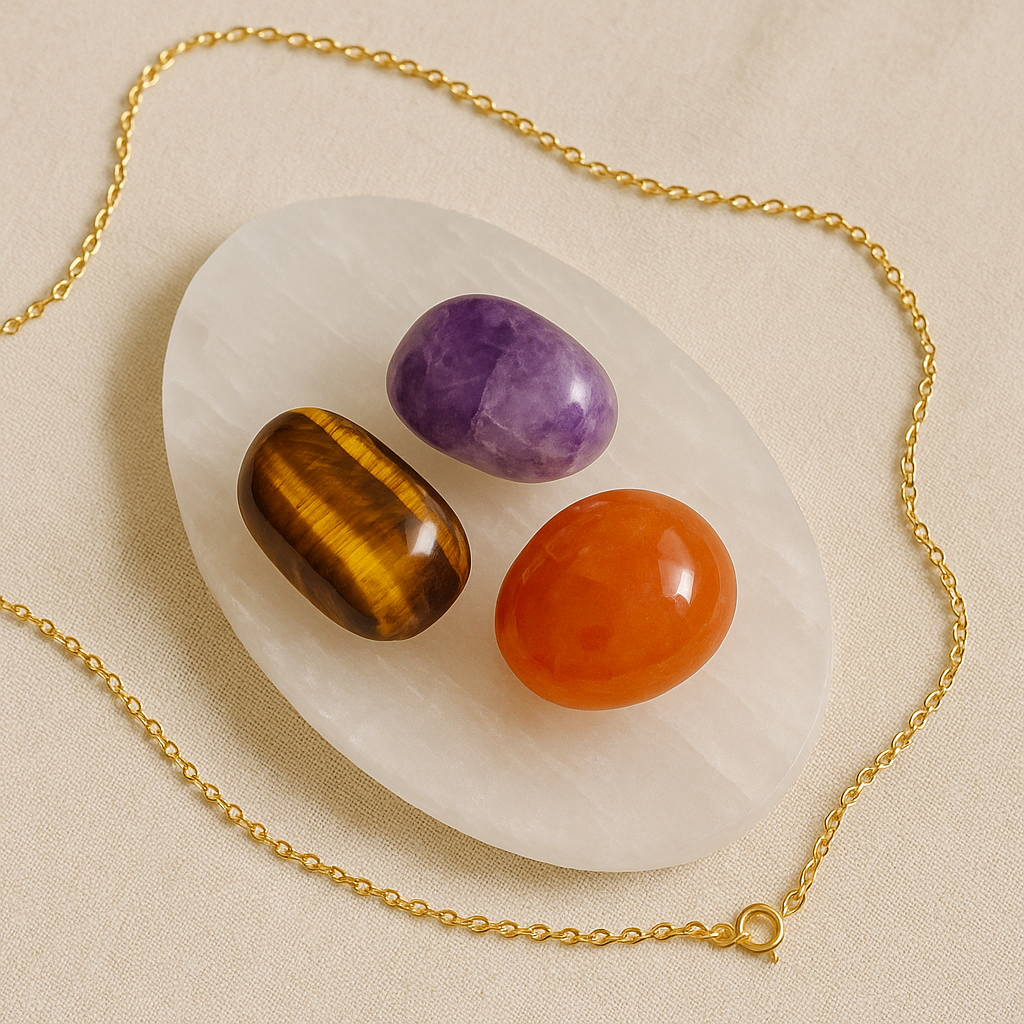
A Beginner’s Guide to Tarot: What Your Cards Might Be Trying to Tell You
Tarot reading is an ancient practice that blends intuition, symbolism, and storytelling to provide insight into life’s questions. While often associated with fortune-telling, tarot is more about guidance than prediction—it’s a tool for self-reflection, helping you understand your current situation and possible paths forward.
A standard tarot deck contains 78 cards, divided into the Major Arcana and Minor Arcana. The Major Arcana, like The Fool or The Lovers, represents significant life themes, while the Minor Arcana covers everyday events and challenges. Each card has layers of meaning based on its imagery, position in a spread, and whether it’s upright or reversed.
For beginners, the key is to start simple. Pull one card each morning and reflect on its message for your day. As you grow more comfortable, try basic spreads like the three-card layout, which can reveal past influences, present conditions, and future possibilities.
Tarot is best approached with an open mind. The cards don’t dictate your fate; they act as a mirror, reflecting your subconscious thoughts and emotions. This makes it a powerful tool for personal growth, decision-making, and even creative inspiration.
Whether you read for yourself or others, tarot offers a unique way to connect with your inner voice. By learning the meanings of the cards and trusting your intuition, you can use tarot as a daily ritual that fosters clarity, mindfulness, and deeper self-awareness.



